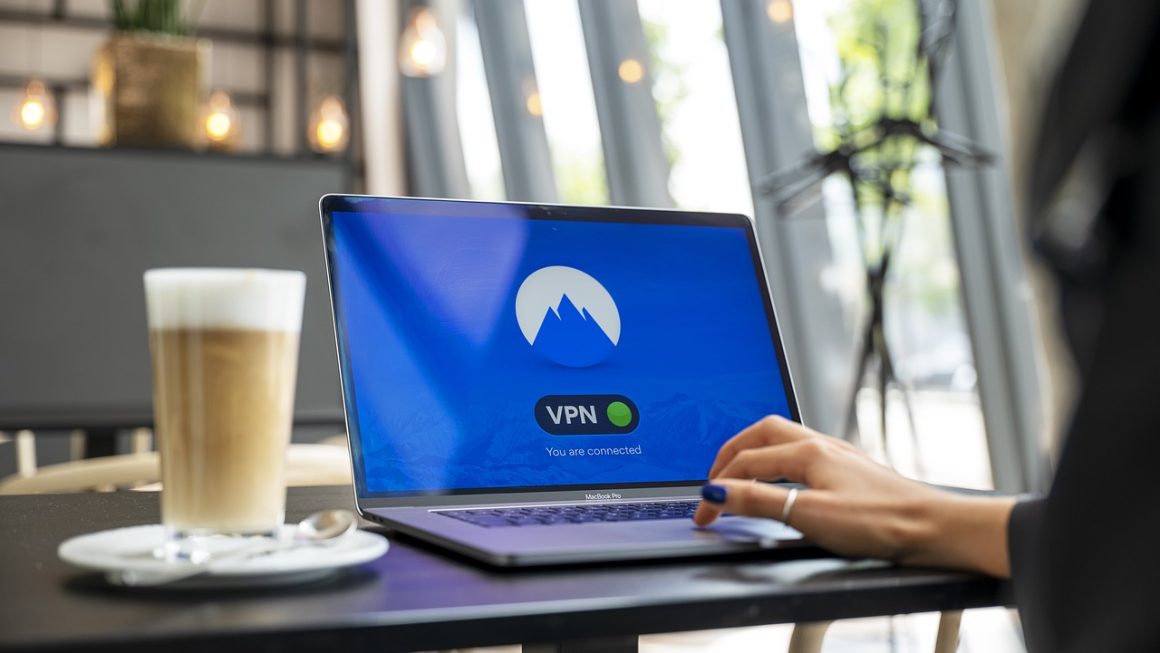Having a strong LinkedIn profile is no longer optional; it’s an essential part of professional life. It’s your digital handshake, your online resume, and your networking hub, all rolled into one. Whether you’re seeking a new job, building your brand, or simply connecting with peers, a well-crafted LinkedIn profile is key to unlocking opportunities. This guide will walk you through the essential elements of creating a LinkedIn profile that grabs attention and helps you achieve your professional goals.
Optimizing Your Headline and Summary
Your headline and summary are arguably the most crucial parts of your LinkedIn profile, acting as your first impression and a concise overview of your expertise.
Crafting a Compelling Headline
Your headline isn’t just your job title. Think of it as a value proposition. Don’t just state what you do; highlight what you achieve and what you can offer.
- Example of a weak headline: Project Manager
- Example of a strong headline: Project Manager | Delivering Complex Projects On Time & Under Budget | Agile & Waterfall Expert
Actionable Takeaway: Use relevant keywords that recruiters and hiring managers are likely to search for. Include measurable results where possible. Consider adding a specialty or area of expertise.
Writing an Engaging Summary (About Section)
Your summary is your opportunity to tell your story, showcase your personality, and connect with your audience. Aim for a compelling narrative that goes beyond a simple list of skills and experiences.
- Highlight your key achievements: Don’t just list your responsibilities; quantify your accomplishments whenever possible. For example, “Increased sales by 20% within the first year.”
- Showcase your passion and values: Let your personality shine through. What motivates you? What are you passionate about?
- Use keywords strategically: Incorporate industry-specific keywords to improve your profile’s searchability.
- Include a call to action: What do you want people to do after reading your summary? Invite them to connect, visit your website, or contact you for specific inquiries.
Example: “A results-oriented marketing professional with 8+ years of experience driving brand awareness and generating leads. Passionate about leveraging data-driven insights to optimize marketing campaigns and achieve business objectives. Let’s connect and discuss how I can help your organization reach its full potential.” Connect with me to discuss marketing strategies and innovative ideas!
Actionable Takeaway: Treat your summary like a mini-cover letter. Focus on what you can do for the reader, not just what you’ve done in the past. Write in the first person to create a personal connection.
Showcasing Your Experience and Skills
This section is where you demonstrate your qualifications and expertise through detailed descriptions of your past roles and the skills you’ve developed.
Detailing Your Work Experience
Each role listed should include a detailed description that goes beyond simply stating your job title and responsibilities.
- Quantify your accomplishments: Use numbers and metrics to demonstrate the impact you had in each role. For example, “Managed a team of 10 developers, resulting in a 15% increase in productivity.”
- Use action verbs: Start each bullet point with strong action verbs that describe your accomplishments (e.g., “Managed,” “Developed,” “Implemented,” “Led”).
- Tailor each description to the role: Focus on the skills and experiences that are most relevant to your target audience.
Example:
Role: Marketing Manager, ABC Company
Description: Led the development and execution of marketing campaigns that resulted in a 30% increase in lead generation. Managed a budget of $500,000 and a team of 5 marketing specialists. Implemented a new CRM system that improved sales team efficiency by 20%.
Highlighting Your Skills
LinkedIn allows you to add up to 50 skills to your profile. Choose skills that are relevant to your industry and career goals.
- Prioritize relevant skills: Focus on skills that are in demand and that you excel at.
- Get endorsed by connections: Ask your connections to endorse your skills to add credibility to your profile.
- Consider taking skill assessments: LinkedIn offers skill assessments that allow you to demonstrate your proficiency in certain areas. Passing these assessments can boost your profile’s visibility.
Actionable Takeaway: Regularly update your skills section to reflect your evolving skillset. Aim for a mix of hard skills (e.g., software proficiency, technical skills) and soft skills (e.g., communication, leadership).
Building Your Network and Engaging
LinkedIn is a social networking platform, so building your network and actively engaging with content are crucial for maximizing its benefits.
Connecting Strategically
Don’t just connect with anyone. Be strategic about who you connect with.
- Connect with colleagues, classmates, and industry professionals: Start with people you already know and then expand your network to include people you admire or want to learn from.
- Personalize your connection requests: Instead of sending the default connection request, add a personalized message explaining why you want to connect.
- Join relevant groups: Joining industry-specific groups allows you to connect with like-minded professionals and participate in discussions.
Sharing and Engaging with Content
Sharing valuable content and engaging with other people’s posts is a great way to build your brand and expand your reach.
- Share relevant articles, insights, and updates: Share content that is valuable to your network and that demonstrates your expertise.
- Comment on other people’s posts: Leave thoughtful comments on posts that resonate with you.
- Participate in group discussions: Share your insights and ask questions in relevant groups.
Actionable Takeaway: Aim to engage with LinkedIn content on a regular basis. Even a few minutes each day can make a significant difference in your visibility and reach.
Optimizing Your Profile for Search (SEO)
Treat your LinkedIn profile like a website and optimize it for search engines. This means incorporating relevant keywords throughout your profile.
Identifying Relevant Keywords
Start by identifying the keywords that recruiters and hiring managers are likely to use when searching for candidates like you.
- Research job postings: Look at job postings for roles that you’re interested in and identify the keywords that are frequently used.
- Use LinkedIn’s search function: Type in keywords related to your industry and see what profiles come up.
- Use keyword research tools: There are various keyword research tools available online that can help you identify relevant keywords.
Strategically Incorporating Keywords
Once you’ve identified your keywords, incorporate them naturally throughout your profile.
- Headline: Include relevant keywords in your headline to attract attention.
- Summary: Use keywords strategically in your summary to improve your profile’s searchability.
- Experience: Incorporate keywords into your job descriptions to highlight your relevant skills and experience.
- Skills: Add relevant skills to your profile and get endorsed by connections.
Actionable Takeaway: Don’t stuff your profile with keywords. Focus on writing clear, concise, and informative content that is optimized for both search engines and human readers.
Adding Media and Visuals
Incorporating media and visuals can significantly enhance your LinkedIn profile, making it more engaging and memorable.
Uploading Relevant Media
LinkedIn allows you to upload various types of media to your profile, including:
- Images: Add images of your work, presentations, or projects to showcase your skills and accomplishments.
- Videos: Upload videos of yourself speaking, presenting, or demonstrating your expertise.
- Documents: Share presentations, white papers, or case studies that highlight your work.
Making Your Profile Visually Appealing
A visually appealing profile is more likely to grab attention and make a lasting impression.
- Use a professional headshot: Your headshot is the first thing people will see, so make sure it’s a high-quality photo that represents you well.
- Add a background photo: A background photo can add personality and visual interest to your profile.
- Use clear and concise language: Avoid using jargon or technical terms that are difficult to understand.
Actionable Takeaway: Choose media and visuals that are relevant to your industry and career goals. Ensure that your profile is visually appealing and easy to read.
Conclusion
Creating a compelling LinkedIn profile is an ongoing process. Regularly update your profile with your latest accomplishments, skills, and experiences. Engage with your network, share valuable content, and stay up-to-date on the latest LinkedIn features and best practices. By following these tips, you can create a LinkedIn profile that helps you achieve your professional goals and unlock new opportunities. Invest the time and effort, and you’ll find LinkedIn to be an invaluable tool in your career journey.




